Início As fake news e seus impactos na saúde da sociedade
Número atual: 9 (2022)

A prevalência, anos vividos com incapacidade e óbitos devido a utilização de opioides por diferentes faixas etárias e locais do mundo: um estudo Global Burden of Disease
Resumo:
Introduction: Pain is an unpleasant sensation with a significant potential to decrease people's quality of life. Chronic pain has a prevalence of almost 30% of Brazilian elderly and reaches 50% in developed countries. Thus, as the process of chronic pain in the world worsens, there is an increase in the use of opioids and, with that, the progressive loss of the functional capacity of these individuals. The objective of the present study was to recognize the prevalence of mortality and disability. Material and Methods: This study was carried out using the Global Health Data Exchange (GHDx) database, which is a database collected and analyzed by a consortium of more than 3,600 researchers in more than 145 countries. Analyzed data from four countries (developed and emerging) in America comparing the periods of 1990 and 2019. Results and Discussion: Comparing the prevalence of opioid use between 1990 and 2019 in Canada, USA, Brazil and Argentina, it is possible to verify a significant increase in values. Regarding mortality, we can observe that in 1990 the mortality in Canada was 352.48 and in 2019 it was 1,866.68, in the USA the value of 4,352.16 in 1990 advances to 47,336.67 in 2019, in Brazil the rate was 37.49 in 1990 and 132.75 in 2019 and in Argentina the value went from 14.45 to 48.16 in 2019. Considerations: This study demonstrated through numerical data the increase in the use of opioids in important countries of America in its various aspects, from its prevalence of use to the number of deaths caused by the abusive and indiscriminate use of these drugs. The study should encourage managers, physicians and patients to adopt new behaviors and care considering the use of opioids.
Keywords: opioids, chronic pain, functional disability.
Expandir Resumo
Acessar Texto Completo
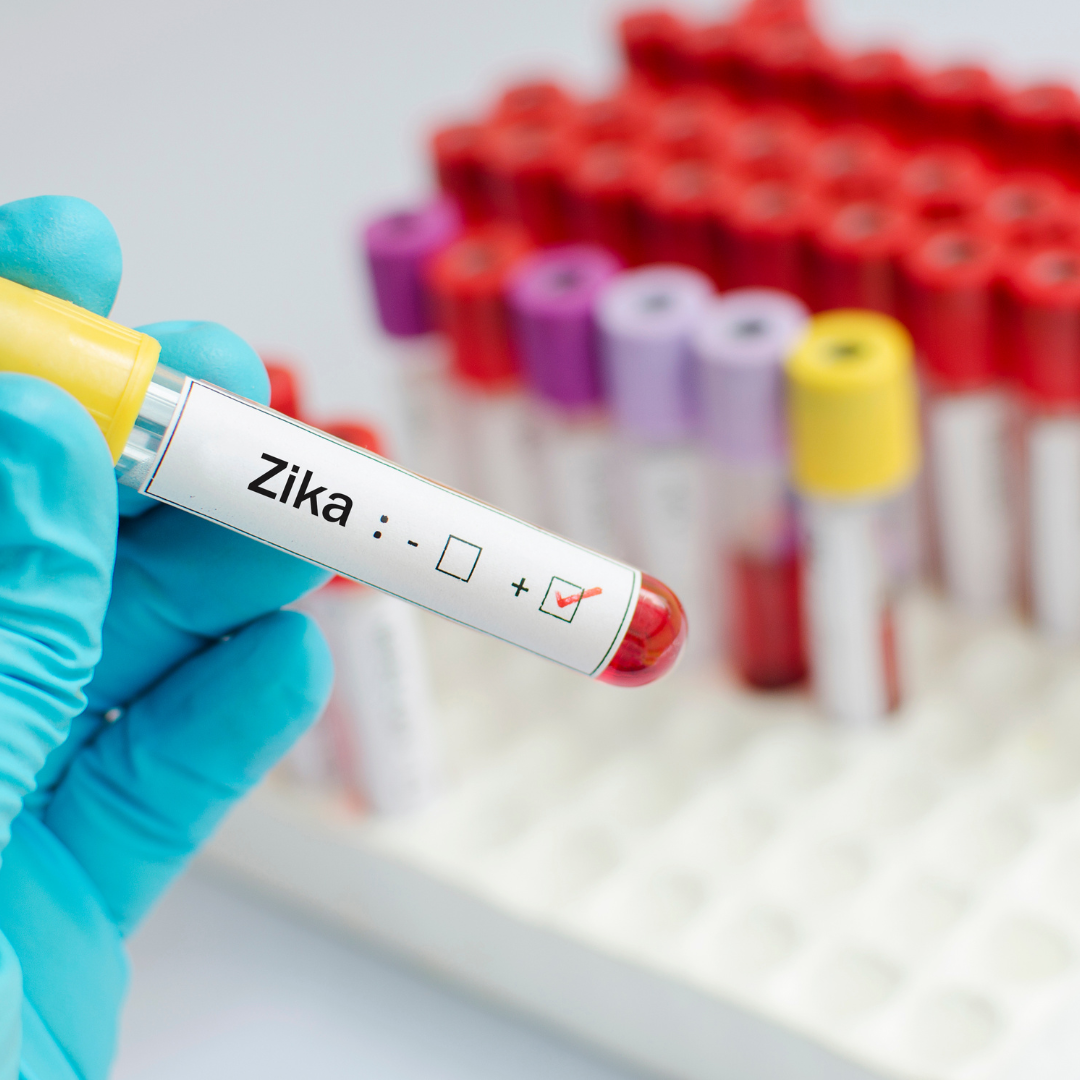
Alterações estomatognáticas da microcefalia causada por Zika Vírus: Revisão de Literatura
Resumo:
Zika Virus is an arbovirus capable of causing fetal brain anomalies associated with maternal infection. These occur in the first two gestational trimesters; among them stands out microcephaly, a neurological disorder whose occiptofrontal perimeter is below the average for race, age and sex. The discovery of Zika as a new etiological factor for microcephaly alerts the health system, due to the epidemic that occurred in Brazil in 2015. The purpose of this study was to perform a literature review on the main stomatognathic alterations in microcephaly by Zika Virus and its importance for dentistry, as well as the benefits of this practice to such patients. A bibliographic survey was performed using scientific articles in English and Portuguese, published in the last 10 years, with the aid of scientific platforms such as Pubmed and Scielo. Although there are few scientific papers addressing Microcephaly by Zika and its orofacial effects, we conclude that the knowledge of this congenital infection and its orofacial alterations by the dental surgeon is indispensable to offer higher quality in the treatment of microcephaly, adapting the clinical conduct to the individual needs, always allying to a multiprofessional approach.
Keywords: Microcephaly, Zika virus, Orofacial abnormalities, Dental care.
Expandir Resumo
Acessar Texto Completo
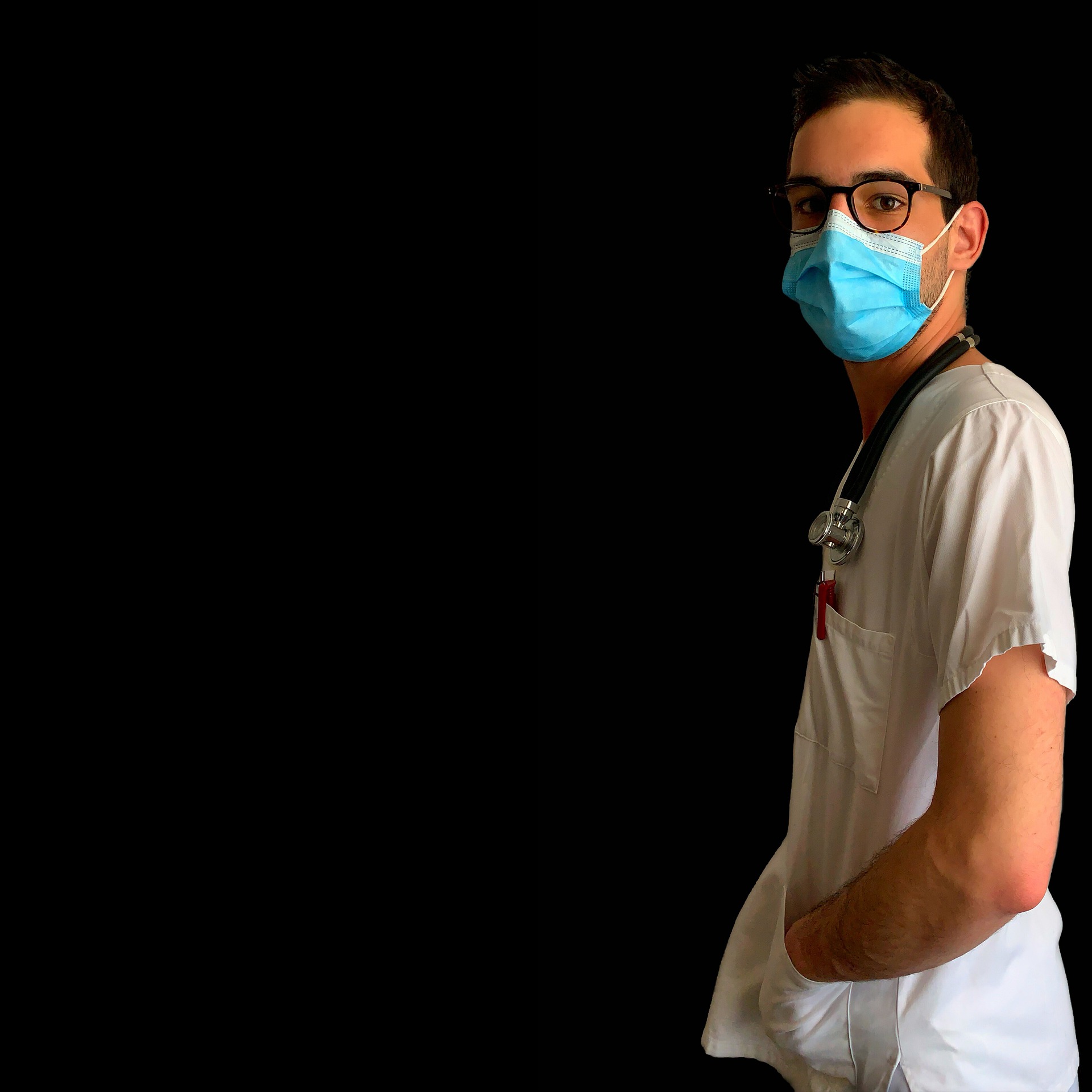
A atuação do enfermeiro no acompanhamento de pacientes oncológicos sob cuidados paliativos
Resumo:
Introduction: Oncology is the area of cancer-related research. The most advanced stage of cancer can lead to the terminal state, which is a time when the disease becomes "unrecoverable" for the nursing team, heading towards death without anyone being able to do anything to change its destiny, except how it goes spend your final moments. Objective: To analyze the scientific evidence related to nurses' interventions in cancer patients during the terminal phase. Methodology: This is an integrative review. Open access scientific articles published in scientific journals between 2013 and 2021 were categorized. At the end of the evaluation stages, we selected 7 articles that enabled the execution of this study. Results and discussion: Three main pieces of information were identified regarding the work of nurses for palliative care, which are: importance of nursing communication in palliative patient care; the pharmacological and non-pharmacological care procedures performed by nurses; and the main professional difficulties that nurses face in patient care. Conclusion: Communication is the basis of nurses' work in palliative care. The uses of treatments aim to reduce the patient's symptoms and pain, increasing their quality of life during their final moments. And among the challenges, the service overload, the lack of resources and protocols to perform palliative care and the possibility of suffering the impacts of the negative feelings that the patient and family have at that time stand out.
Keywords: palliative care, nursing, Oncology.
Expandir Resumo
Acessar Texto Completo
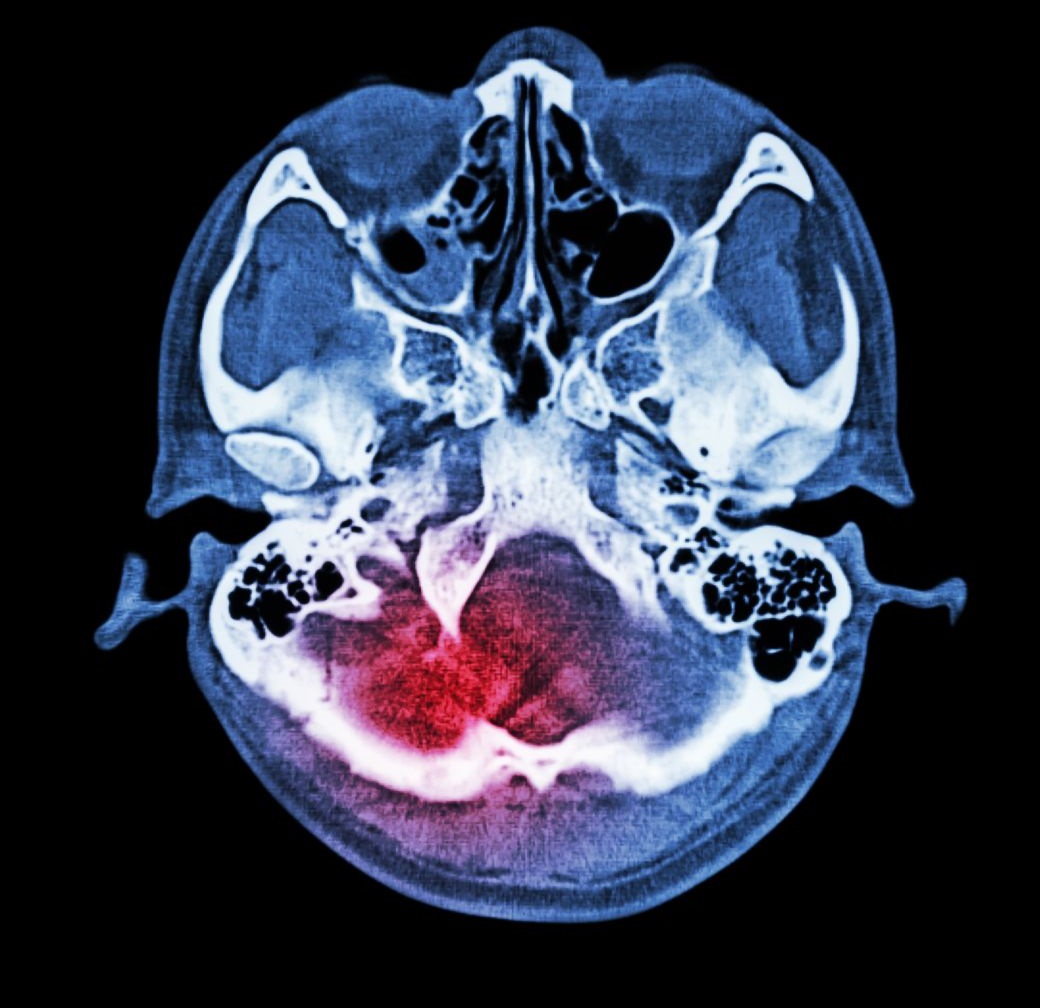
O perfil dos pacientes com acidente vascular encefálico atendidos em um centro especializado em reabilitação e o risco de lesão por pressão
Resumo:
Introduction: Stroke is the sudden interruption of blood flow to some region of the brain, which causes symptoms such as plegia, dysarthria, syncope, dizziness and headache. It can be classified as ischemic or hemorrhagic. Objective: the study aimed to identify the profile of patients with cerebrovascular accident and risk of pressure injury. Material and methods: This is a quantitative, descriptive, cross-sectional and field study, carried out in a Specialized Center in Rehabilitation of a school clinic, in the extreme south of Santa Catarina. 41 patients with cerebrovascular accident took part in the research. Data were collected during their care at the Specialized Rehabilitation Center, using a closed-ended questionnaire to establish the profile of patients and application of the Braden Scale. Results and discussion: The data revealed more men, most aged over 60 years, white, with complete high school, married, at risk of pressure injury. Final considerations: The prevention of patients with stroke prevents and treats complications, in addition to providing a better quality of life.
Keywords: pressure ulcer, health profile, cerebrovascular stroke.
Expandir Resumo
Acessar Texto Completo

Práticas Integrativas no tratamento da ansiedade
Resumo:
Introduction: Integrative and Complementary Practices (PICS) use therapeutic resources that are based on traditional knowledge, with the aim of preventing various diseases such as anxiety. In the case of Integrative Health Practices (PIS), the focus of this article, they can be understood as technologies that treat the health of the individual in its multidimensionality - physical, emotional, mental, social and spiritual - in order to promote, maintain and recover health. . Review: This article aims to present alternative therapies for the treatment of anxiety, such as aromatherapy, floral therapy, homeopathy and acupuncture. Discussion: They are known as integrative practices and are currently applied with private clinics and by the Unified Health System (SUS). These are technologies that obtain satisfactory results, through a welcoming listening, with a therapeutic bond, which integrates the individual with the environment and society. The PIS have a transversal, transdisciplinary and intersectoral character. Its validation in the SUS occurs through the criterion of the traditionality of its use, as well as through proof of its benefits. Final Considerations: These Integrative and Complementary Health Practices (PICs) were instituted in Brazil in 2006, and are considered by the World Health Organization (WHO) as traditional medicine practices. This means that the knowledge, skills and practices applied in these types of therapies are based on theories, beliefs and experiences from different cultures, with a focus on health maintenance, prevention, diagnosis, improvement or treatment of physical and mental illnesses. The main difference between PICs and traditional medicine is that conventional medicine tends to treat symptoms separately; in the case of the practice of PICs, these are treatments that see the individual as a whole, not just as a set of symptoms.
Keywords: alternative therapies; anxiety; integrative practices; Unified Health System (SUS).
Expandir Resumo
Acessar Texto Completo
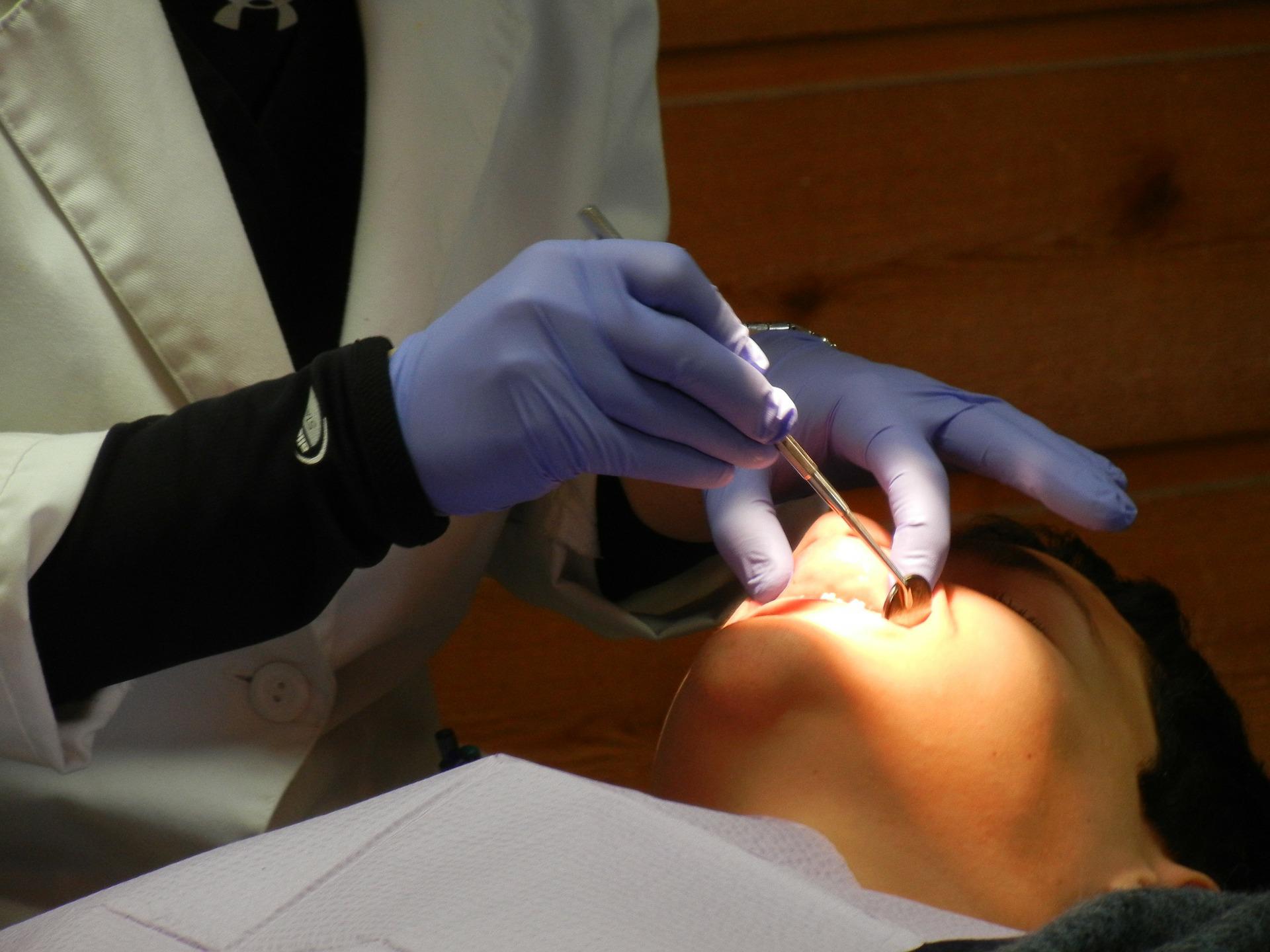
Manifestações orais da COVID-19 e o papel do cirurgião-dentista no diagnóstico precoce e controle da sua transmissibilidade: revisão de literatura
Resumo:
Introduction: In 2019, the world was experiencing an alarming public health crisis, caused by a virus called by the international committee on taxonomy of viruses, as SARS-CoV-2 and later declared by the World Health Organization (WHO) as COVID -19. A new disease characterized by causing infections with flu-like symptoms and high mortality rates. In view of the COVID-19 pandemic situation, and its immediate repercussions, this literature review aims to analyze the main oral changes associated with COVID-19 infection, as well as to understand whether these presentations are due to the infection or represent secondary manifestations resulting from of the systemic condition. Review: The methodology involved a bibliographic survey in the Bireme, Pubmed and Lilacs databases, and the available literary works on the subject. Data collection comprised articles published in the last 10 years, from 2012 to 2022. Only scientific articles published and made available for free, without restrictions, were selected by country or language. Discussion: Among the oral anatomical structures affected by COVID-19, the dorsum of the tongue draws attention due to the high frequency and number of alterations, such as white and red plaques, whitish areas, hemorrhagic crust, necrosis, petechiae, erythema and spontaneous bleeding, fissured tongue. Final considerations: COVID-19 is a multisystem disease, capable of affecting the oral cavity, the most common manifestation being dysgeusia, followed by the presence of ulcers, herpetiform lesions, usually associated with immunocompromise caused by the disease, erosive lesions, blisters, vesicles, pustules and depapilated tongue, associated with the use of NSAIDs, in the relief of some symptoms associated with the disease.
Keywords: dentist, COVID-19, diagnosis, oral manifestations, non-pharmacological measure, oral health.
Expandir Resumo
Acessar Texto Completo

O uso de Plantas Alimentícias Não Convencionais (PANCs) em uma Unidade Básica de Saúde do município de São José dos Campos, São Paulo, Brasil
Resumo:
Introduction: Since prehistoric times men have used plants for food purposes, nowadays, they present a subsistence option for rural communities. Unconventional food plants (PANCs) are unusual plants, without a marked reproductive chain and not easily found in supermarkets, but their consumption is important due to their high nutritional value. Experience report: In view of the wide variety of PANCs in a region of São José dos Campos, a table was established in order to encourage consumption. Discussion: This experience report brought a positive return despite not using qualitative tools to measure results, the release of the table for residents linked to the UBS of the North Zone in the municipality of São José dos Campos was beneficial and well accepted by the community.
Keywords: basic health unit, disclosure, nature.
Expandir Resumo
Acessar Texto Completo
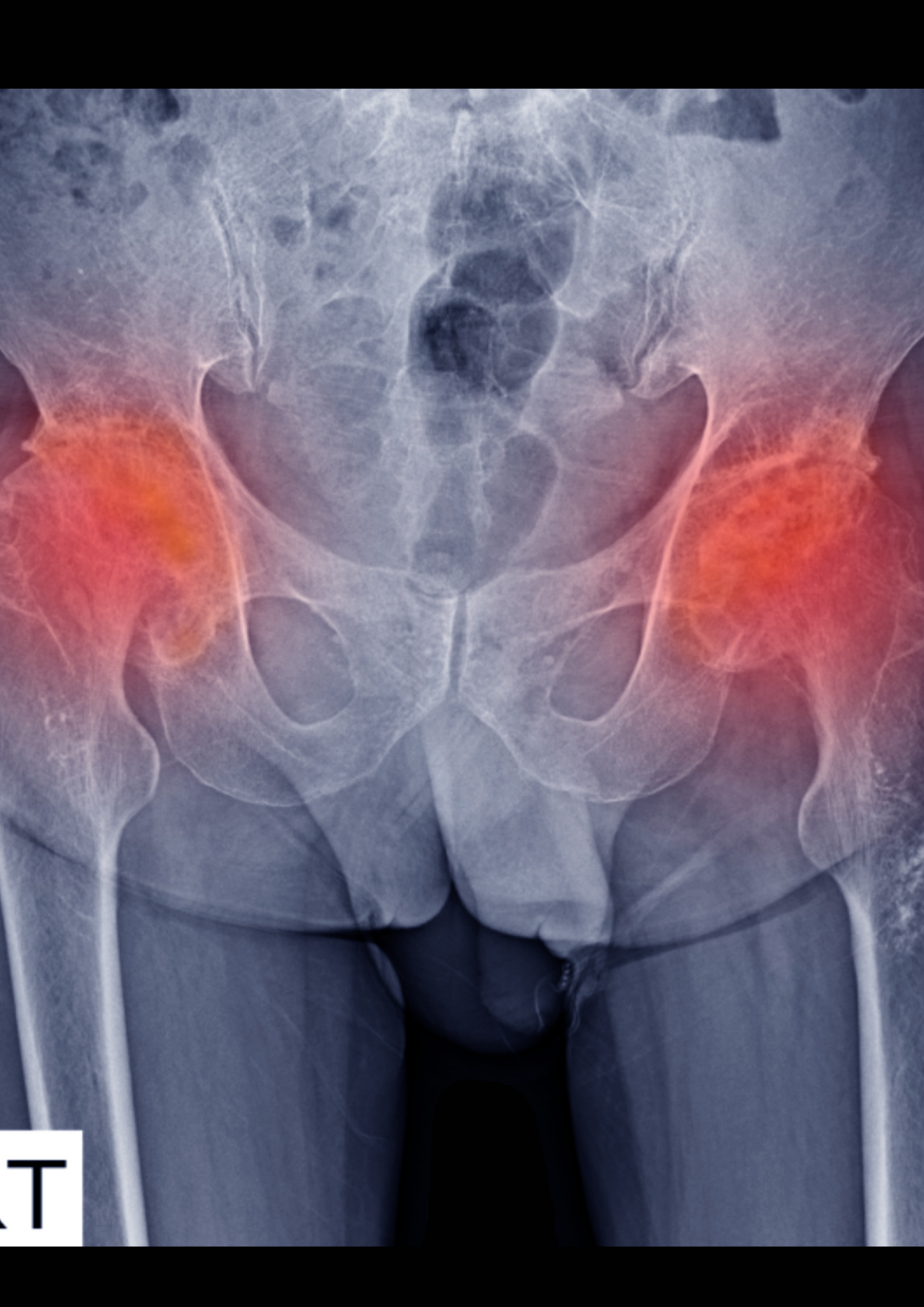
Costs analysis of hip osteonecrosis treatment: cell therapy and total arthroplasty in people with sickle cell disease from the SUS perspective
Resumo:
Objetivo: Este estudo se propôs a realizar uma análise sobre os gastos efetivos com terapia celular e artroplastia na osteonecrose no quadril em pessoas com Doença Falciforme, no context do Sistema Único de Saúde (SUS). Métodos: Estudo descritivo, comparativo e transversal com pessoas, na faixa etária de 18 a 40 anos, atendidas no Complexo Hospitalar Universitário Professor Edgard Santos, com osteonecrose de quadril secundária à Doença Falciforme e submetidas à terapia celular no período de 2015 a 2019. Para avaliar os gastos em saúde, aplicou-se a metodologia de microcusteio e utilizou-se a perspectiva do SUS como organização compradora de serviços de saúde pública e privadas. Além disso, foram consultados dados dos bancos de dados do SUS, DATASUS. Resultados: Foram atendidos 74 pacientes, sendo realizados 88 procedimentos cirúrgicos. Os gastos obtidos com cada procedimento foram de R$ 3.265,22 para terapia celular e R$ 4.764,08 para artroplastia total do quadril. Com base em evidências científicas, a soltura de próteses referentes à artroplastia total primária na Doença Falciforme, cujo valor de R$ 4.764,08 tem vida útil média de 5 a 10 anos, exige uma artroplastia de revisão total, procedimento com gastos estimados em R$ 6.365,18. Verificou-se que, enquanto a terapia celular gerou um gasto de R$ 287.339,36, na doença falciforme o método tradicional foi adotado, o valor gasto seria de R$ 979.374,88. Conclusões: Terapia com células tronco mostrou-se mais econômico, sendo um tratamento que possibilita tartar masi pessoas em menos tempo.
Palavras-chave: Despesas De Saúde, Anemia Falciforme, Osteonecrose da cabeça do fêmur, Artroplastia do quadril, Terapia celular.
Expandir Resumo
Acessar Texto Completo
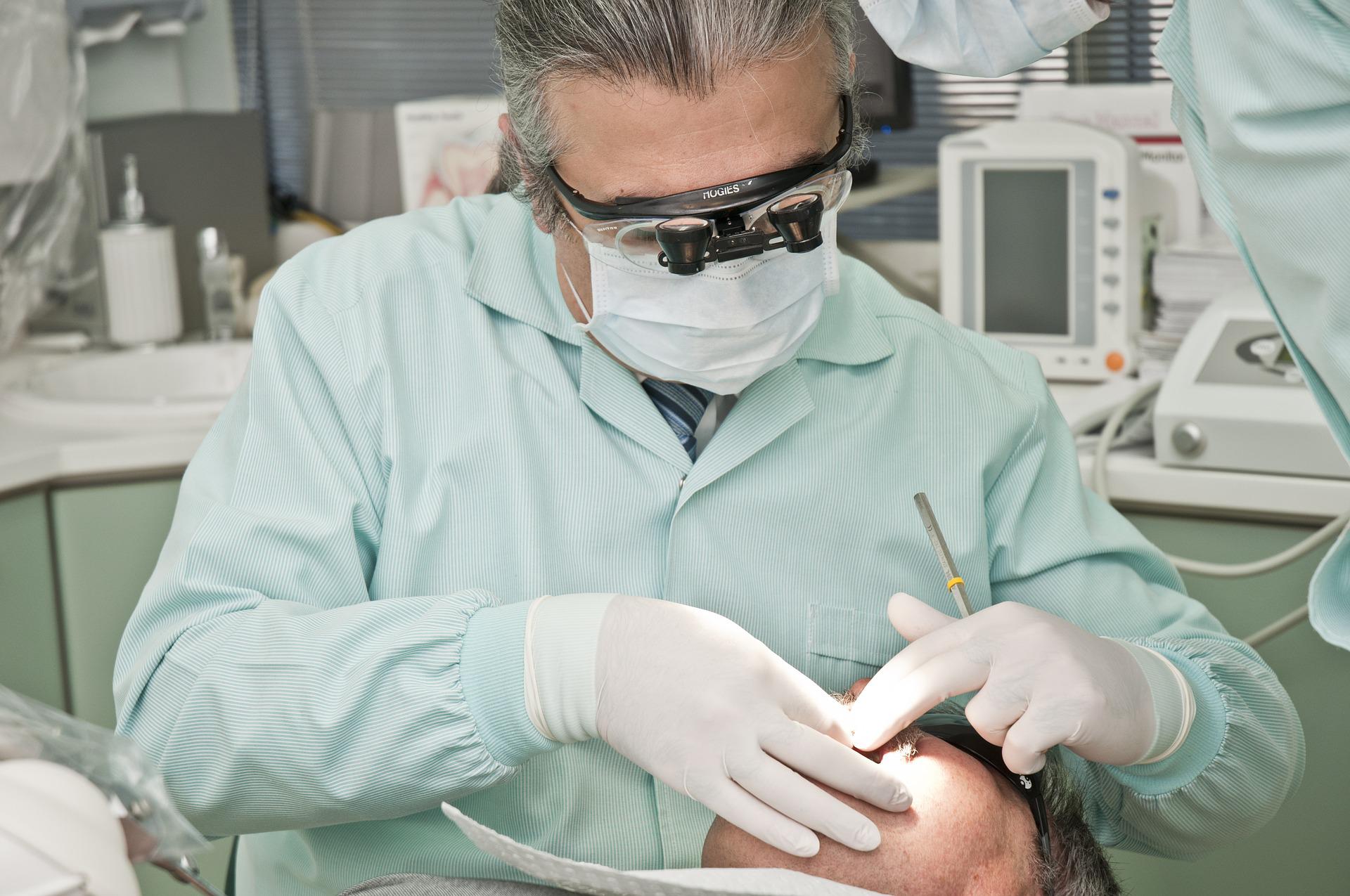
Biópsia em lesões enegrecidas e vinhosas da cavidade bucal: quando fazer, quando evitar? Uma revisão de literatura
Resumo:
The biopsy corresponds to an invasive surgical procedure whose function seeks to remove a lesion partially or totally, with the main objective of making a histopathological study to obtain a conclusive clinical diagnosis. The aim of this study was to describe and analyze different surgical biopsy techniques and their use in the diagnosis and treatment of pigmented and vascular lesions, as well as to alert to the importance of knowing the different procedure techniques, taking into account their clinical indications and contraindications. A factor in successful diagnosis and treatment is to recognize the different types of distinct lesions in the maxillofacial region, which require different biopsy techniques. In this study we evaluated that the techniques of incisional and excisional biopsy are recommended in the diagnosis and treatment of pigmented lesions while for vascular lesions aspiration puncture, diascopy and vitreoretinal biopsy are more recommended, being only when indicated the excisional type biopsy.
Keywords: Biopsy, Oral Medicine, Melanoma, Hemangioma, Oral Surgical Procedures.
Expandir Resumo
Acessar Texto Completo

Análise das características demográficas da autoavaliação positiva de saúde na pesquisa nacional de saúde
Resumo:
Introduction: The different strategies used to measure health, self-assessment of health has been widely used in national epidemiological studies. In this perspective, there are differences in aspects related to health among men, women, children, young people, adults and the elderly. Objective: Was to analyze statistically the information provided by the National Health Survey on the positive self-assessment of health of individuals in the five regions of Brazil. Material and methods: This is an ecological study with the IBGE database. Best percentages of positive self-assessment were found among men in all regions. Results and discussion: There was a high and positive correlation between all variables, with the exception of the complete and incomplete middle school grade, which presented a statistically significant correlation only in relation to males (r2 = 0.85, p = 0.029), age range from 18 to 29 years (r2 = 0.96, p = 0.002) and 60 to 64 years (r2 = 0.93, p = 0.005). Only those individuals with incomplete and incomplete primary education and the elderly aged 75 years or over do not explain the total percentage of positive self-evaluation of health. Final considerations: We concluded that there are differences of sex and between the Brazilian regions in relation to the positive self-assessment of health.
Keywords: self-evaluation, health level, health inequalities, epidemiological surveys.
Expandir Resumo
Acessar Texto Completo


